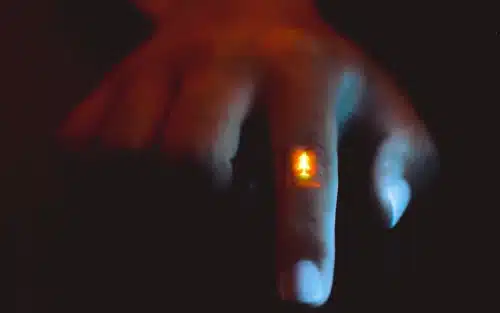Stanford University chemical engineer Zhenan Bao and her research team, after more than three years of hard work, have developed a proof-of-concept of a reshapable display. This display is made up of stretchy polymers and synthetic plastic materials. It has a maximum brightness of at least two times that of a cellphone and can be stretched up to twice its original length without tearing.

“Stretchable displays can allow a new way of interactive human-machine interface,” said Bao, who is also the senior author of the paper. “We can see the image and interact with it, and then the display can change according to our response.”
Most light-emitting polymers are not stretchable, but their flexibility can be increased by adding elastic insulating materials, such as rubber. But these materials decrease electrical conductivity of the polymer, and are hence not ideal. Three years ago, Zhitao Zhang discovered that a yellow-colored light-emitting polymer called Super Yellow not only became soft and pliable but also emitted brighter light when mixed with a type of polyurethane, a stretchy plastic.
“If we add polyurethane, we see Super Yellow form nanostructures,” said Zhang. “These nanostructures are really important. They make the brittle polymer stretchable, and they make the polymer emit brighter light because the nanostructures are connected like a fishnet.”
The final display contains seven layers. Two outer layers are two substrates, inside are two electrode layers, each followed by charge transporting layers. The light-emitting layer is present at the center. When powered, one electrode injects positive charges (holes) into the light-emitting layer while the other injects negative charges (electrons) into it. When the two types of charges meet, they bond and go into an energetically excited state. Almost immediately after, the state returns to normal by producing a photon – a particle of light. That’s how the display lights up.
The display can be stuck to your skin, making wearable electronics a valuable market for this technology. “Imagine a display where you can both see and feel the three-dimensional object on the screen,” Bao said. “This will be a completely new way to interact with each other remotely.”






